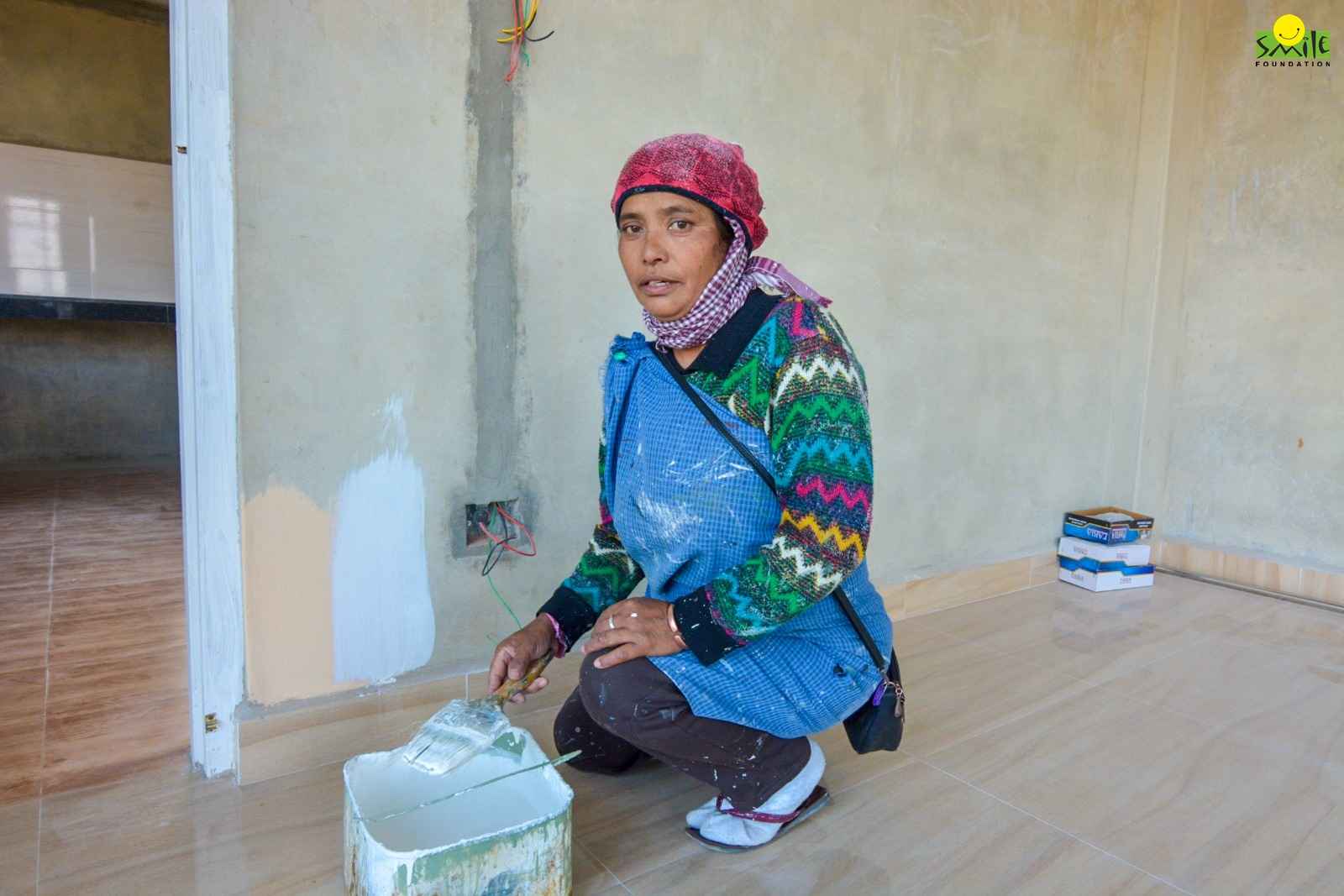For any country to grow economically, it must improve its business capabilities. Countries like China have achieved tremendous growth over the past few decades because of their manufacturing sector success.
In 2010, China surpassed the United States and became the world leader in manufacturing. This helped its economy to grow exponentially over the following years. However, the manufacturing sector in India is yet to see the same kind of growth.
In 2010, China had a $ 0.13 trillion advantage over the US, and the difference continued to grow steadily year after year. China’s manufacturing production in 2021 was $ 4.87 trillion, far exceeding that of the US, leaving a vast $ 2.53 trillion gap.
What about India?
Unlike China, India has seen impressive growth in its service sector with its contribution growing from 45 percent to 55 percent of GDP. However, the growth rate of the manufacturing sector in India has largely remained stagnant during the same period of 2017-2022. The manufacturing sector’s contribution to GDP has hovered around 15 to 17 percent.
According to India Brand Equity Foundation (IBEF), by 2030, India can contribute more than $500 billion yearly to the global economy and become a major centre for manufacturing. With advantages like a large working population and government initiatives like the PLI scheme, India has the potential to develop into a major global manufacturing hub, and by 2030 it might contribute more than $ 500 billion yearly to the world economy.
This can be achieved through growth in specific industries for which there is a strong demand. For example, the market for appliances and consumer electronics (ACE) in India is anticipated to increase from $10.93 billion in 2019 to $21.18 billion by 2025.
Additionally, according to a report by NITI Aayog and RMI India, the finance market for electric vehicles in India is expected to reach $50 billion by 2030. What we can say is that India’s growth story has just begun and there is a long way forward for the country to become a leader in manufacturing.
Industry 4.0 and India
The Fourth Industrial Revolution, or Industry 4.0, is the integration of cutting-edge technologies like automation, the Internet of Things, and artificial intelligence into the manufacturing and production process. As a result, a highly networked and digitalized ecosystem is created, allowing machines to converse and make independent decisions.
Using real-time data analytics and predictive maintenance, Industry 4.0 intends to increase productivity, decrease waste, and increase efficiency. Additionally, it offers chances for novel commercial strategies and the development of more individualised and adaptable products.
By facilitating the use of cutting-edge technology like robotics, artificial intelligence, and the Internet of Things, Industry 4.0 is revolutionising the industrial industry. Greater automation, increased effectiveness, and less waste are the results of this.
Predictive maintenance and real-time data analytics enable more productive decision-making. Industry 4.0 also makes it easier to create items that are more customised and individualised as well as new business models. Manufacturers can increase their competitiveness as a result and provide customers with additional value in the digital age.
The India manufacturing sector analysis suggests that the country is giving needed importance to Industry 4.0. The manufacturing sector in India is adopting Industry 4.0 technologies to enhance productivity, efficiency, and competitiveness. The Indian government’s “Make in India” initiative aims to promote domestic manufacturing, and Industry 4.0 is seen as a critical enabler of this objective.
Furthermore, the government is also promoting the adoption of Industry 4.0 through various initiatives such as the “Smart Manufacturing” program. As a result, the Indian manufacturing sector is poised to become a major player in the global digital economy.
India – Manufacturing Hub
India is rapidly expanding its digital footprint and is leading the digital transformation globally. The country expects to have 900 million internet users by the year 2025. Why is it important? Because the next transformation in the manufacturing sector is going to happen through the Internet of Things, Artificial Intelligence, and Machine Learning. Digital transformation will play a central role in this whole process.
With India becoming a global leader in digital payments and on the path of bringing innovation in other digital technologies, it is going to play a pivotal role in transforming the manufacturing sector too. To establish itself as a major industrial centre, India is utilising digital transformation.
Make in India
The “Make in India” strategy of the government seeks to increase both domestic and foreign investment in the manufacturing industry. India is making significant investments in Industry 4.0 technologies, including automation, robotics, and artificial intelligence, to meet this objective.
This contributes to more productivity, lower costs, and better quality control. Greater coordination between manufacturers and suppliers in the supply chain is also made possible by the adoption of digital technology.
Additionally, manufacturers are finding it simpler to reach new markets and consumers because of the proliferation of digital platforms and e-commerce. Overall, India is building a competitive manufacturing environment that can service both domestic and international markets.
Apart from this, other important factors are enabling India’s growth in the manufacturing sector. These are factors like India’s demographic dividend. India can certainly use its young population and benefit from it to become a manufacturing powerhouse.
At the same time, there is an expected decline in China’a manufacturing contribution because of various internal and external factors. This can be advantageous for India. In addition, the Indian government is emphasising heavily on manufacturing, particularly in the post-pandemic period.
By 2025, the National Manufacturing Policy wants manufacturing to account for 25% of the GDP. According to TOI, the “Make in India” programme has led to the establishment of manufacturing facilities in India by some of the largest corporations in the world. General Electric, Siemens, HTC, Toshiba, and Boeing are all on that list.
India: A Rising Star in Manufacturing
In conclusion, India has established itself as a rising star in the world of manufacturing. All thanks to its dedication to digital transformation and adoption of Industry 4.0 technology. India is positioned to dominate the manufacturing sector by putting a significant emphasis on innovation, infrastructure development, and skilled labour.
The country appeals to foreign businesses aiming to increase their industrial footprint due to its sizeable domestic market and advantageous location. The government’s initiatives to make doing business easier and the ongoing investment in digital technology will increase India’s competitiveness in the industrial sector. It opens the door to a more promising economic future.
Smile Foundation and Supplementing Needs of the Manufacturing Sector in India
More business means more human power needed. This is where Smile Foundation‘s Livelihood programme, STeP (Smile Twin e-Learning Programme) steps in. The programme connects the unemployed or underemployed youth from disadvantaged groups and communities with the sectors which have large growth potential in terms of revenue generation and employability like BFSI, Healthcare, Core Employability, Retail Management, BPO, and Digital Marketing.
The programme aims to complement the government’s vision and efforts under the Skill India mission, and is aligned with the Sustainable Development Goal 4.








